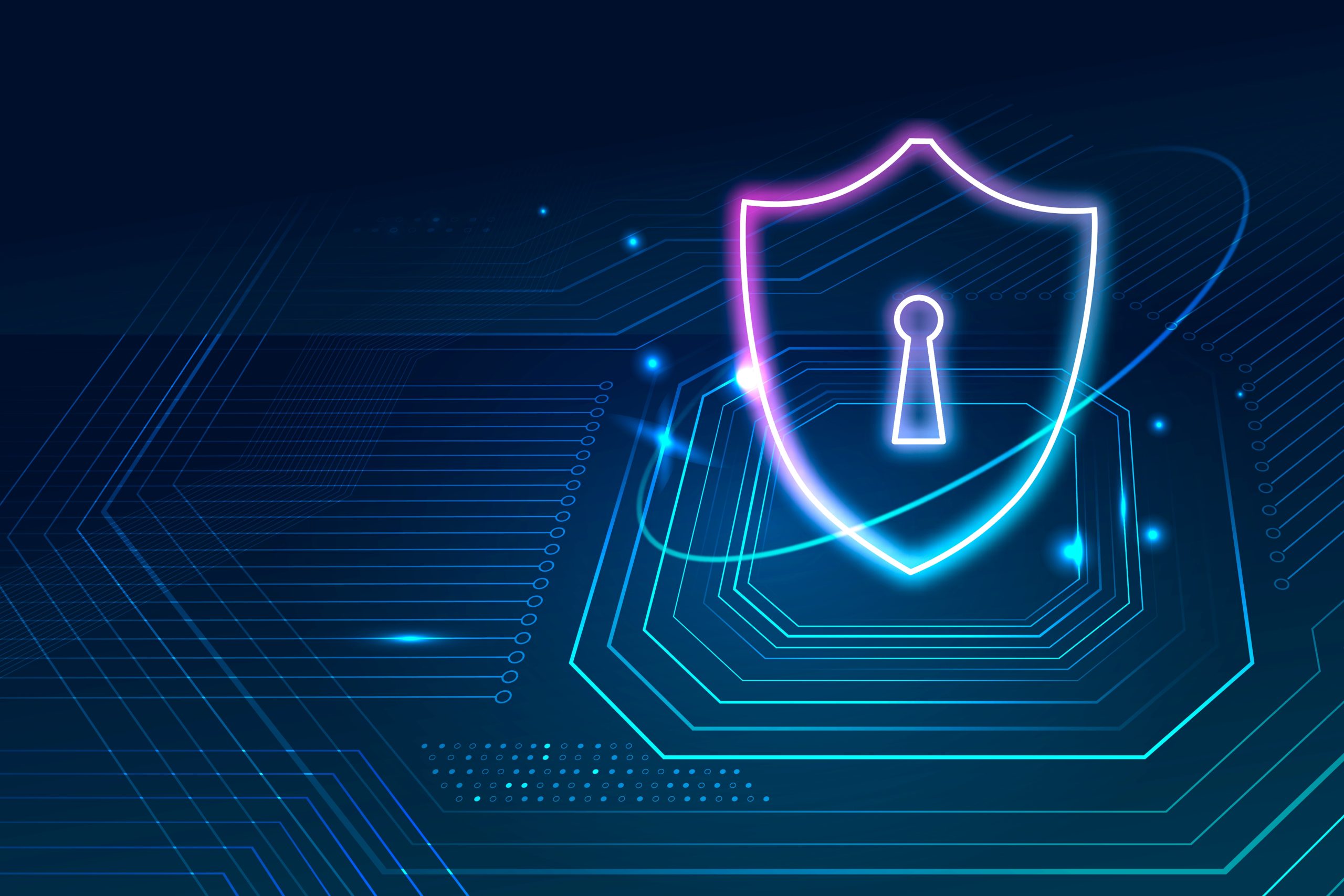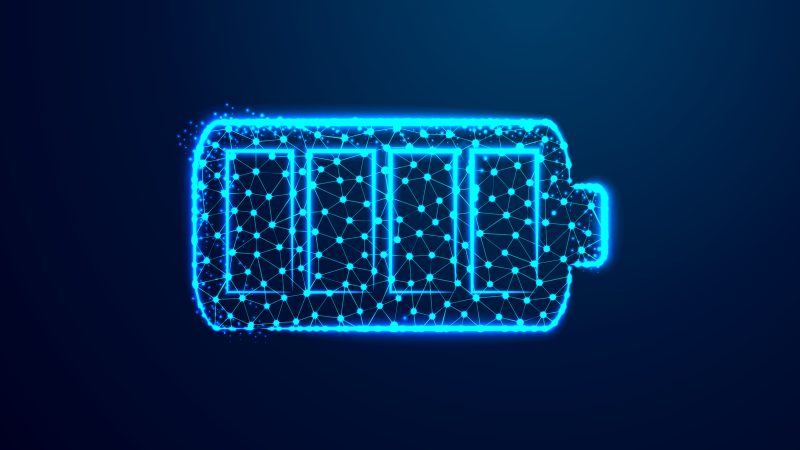UNR155: Key Aspects of Automotive Cyber Security Compliance

In an era where vehicles are becoming increasingly connected, autonomous, and reliant on sophisticated software, automotive cyber security has emerged as a critical concern. The rapid advancement of technology within the automotive industry has given rise to a range of cybersecurity challenges, from protecting vehicle systems against cyber threats to safeguarding sensitive data. To address these challenges, the automotive industry has introduced several regulations and standards. One such regulation is UN Regulation No. 155 (UNR 155), which lays out essential requirements for automotive cybersecurity compliance. In this article, we’ll explore three key essentials for complying with UNR 155.
Risk Assessment and Management
The first essential element of UNR 155 compliance is conducting comprehensive risk assessment and management. This involves identifying potential cybersecurity risks and vulnerabilities within a vehicle’s systems, components, and software. Risk assessment is a fundamental step in understanding the security posture of a vehicle and helps in the development of effective cybersecurity measures.
To comply with UNR 155, automakers and suppliers must:
- Identify Potential Threats: Analyze the various attack vectors that could be exploited by cybercriminals, considering both internal and external threats. This includes threats related to software vulnerabilities, supply chain weaknesses, and communication networks.
- Assess Vulnerabilities: Evaluate the vulnerabilities within the vehicle’s systems and components. This includes identifying weaknesses in software code, hardware, and the vehicle’s overall architecture.
- Establish a Risk Management Plan: Develop a comprehensive risk management plan that outlines strategies for mitigating identified risks. This plan should include strategies for threat detection, incident response, and continuous monitoring (E.g.- The Argus’ VSOC solution)
- Periodic Assessment: Continuously assess and update the risk management plan as new threats and vulnerabilities emerge. The automotive industry is constantly evolving, and cybersecurity risks are dynamic.
Secure Software Development Lifecycle
Another critical aspect of UNR 155 compliance is implementing a secure software development lifecycle (SDLC). Software plays a pivotal role in modern vehicles, controlling everything from engine performance to infotainment systems. Ensuring the security of software is paramount to protect against cyberattacks and vulnerabilities.
To adhere to UNR 155, automakers and suppliers should:
- Implement Secure Coding Practices: Developers should follow secure coding practices to minimize the introduction of vulnerabilities during software development. This includes regularly updating and patching software to address known vulnerabilities.
- Secure Supply Chain: Verify the security of third-party software components and ensure that they meet cybersecurity standards. A secure supply chain is crucial to prevent malicious software or components from entering the vehicle’s ecosystem.
- Security Testing: Conduct thorough security testing of software throughout the development process. This includes static code analysis, dynamic testing, penetration testing, and vulnerability assessments.
- Continuous Monitoring: Implement continuous monitoring of software and systems post-production to detect and respond to emerging threats and vulnerabilities promptly.
Incident Response and Reporting
UNR 155 also mandates a robust incident response and reporting mechanism. This involves having procedures in place to identify, respond to, and report cybersecurity incidents promptly.
To comply with this requirement:
- Incident Response Plan: Develop a well-defined incident response plan that outlines roles, responsibilities, and procedures in the event of a cybersecurity incident. This plan should include steps for containing the incident, investigating its cause, and restoring normal operations.
- Incident Reporting: Establish protocols for reporting cybersecurity incidents to relevant authorities, regulatory bodies, and affected parties. Timely reporting is crucial for addressing incidents effectively and minimizing their impact.
- Learning from Incidents: After an incident, conduct a thorough post-incident analysis to identify lessons learned and areas for improvement in the cybersecurity strategy. Use these insights to enhance cybersecurity measures and prevent similar incidents in the future.
UN Regulation No. 155 sets out essential requirements for automotive cybersecurity compliance to address the growing cybersecurity challenges facing the automotive industry. Risk assessment and management, a secure software development lifecycle, and incident response and reporting are three key essentials outlined in UNR 155. By incorporating these elements into their cybersecurity practices, automakers and suppliers can enhance the security of vehicles, protect sensitive data, and ultimately provide safer and more secure transportation options for consumers. As the automotive industry continues to evolve, compliance with UNR 155 will play a vital role in ensuring the cybersecurity of vehicles on the road.






